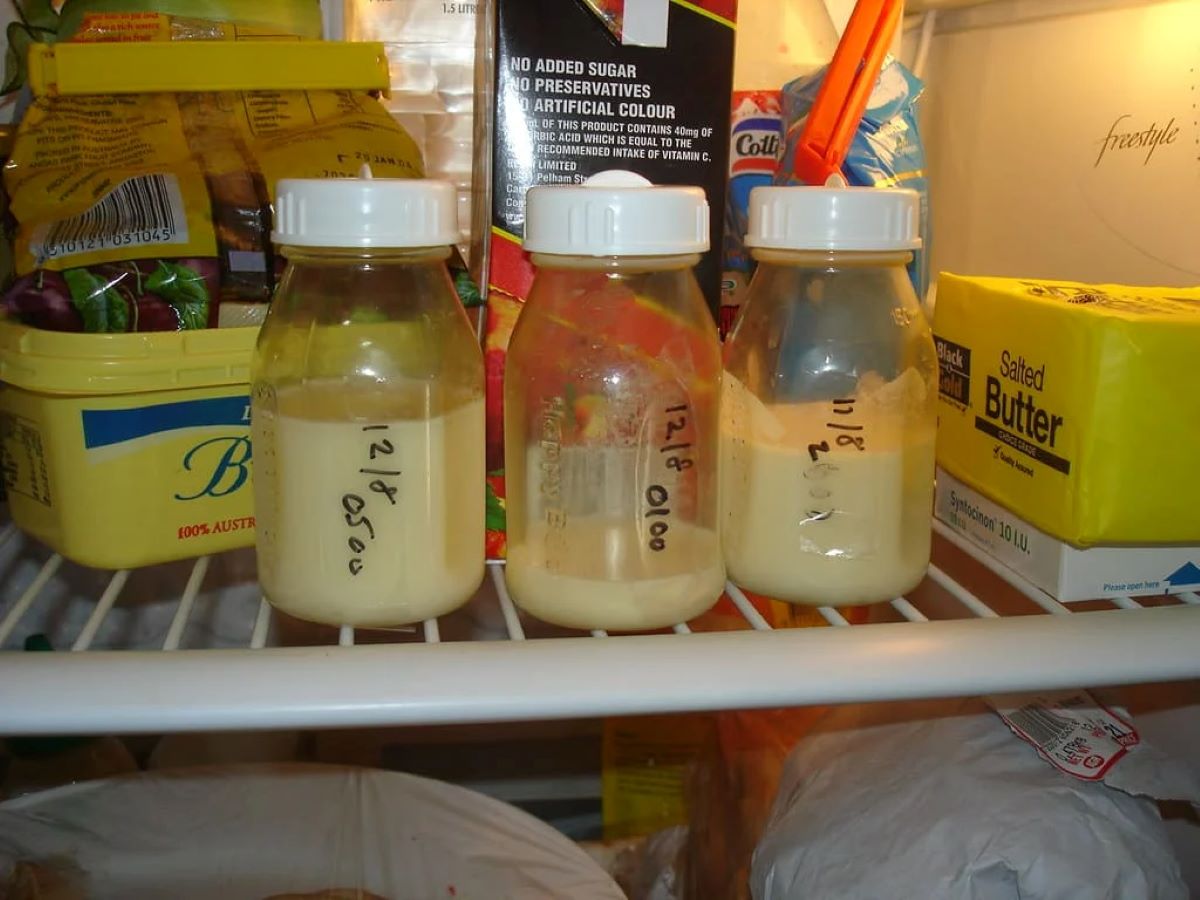

Articles
How To Store Expired Breast Milk
Modified: May 6, 2024
Learn the best practices for storing expired breast milk in this informative article. Find out how to ensure safety and maintain quality when storing breast milk beyond the recommended limit.
(Many of the links in this article redirect to a specific reviewed product. Your purchase of these products through affiliate links helps to generate commission for Storables.com, at no extra cost. Learn more)
Introduction
Welcome to this comprehensive guide on how to store expired breast milk. As a breastfeeding mother, you may find yourself with excess milk or milk that has passed its expiration date. It is important to know how to properly store and handle this milk to ensure its safety and minimize waste.
Breast milk is often referred to as “liquid gold” due to its numerous health benefits for infants. It contains a perfect blend of proteins, fats, vitamins, and antibodies that help support a baby’s growth and development. However, breast milk does have a limited shelf life and can expire just like any other food or beverage.
Understanding the expiration of breast milk is crucial for maintaining its quality and safety. Expired breast milk refers to milk that has reached its recommended storage time and should no longer be used for feeding. The expiration date is typically determined by the storage temperature and can vary based on different factors.
In this article, we will explore the various factors that affect the shelf life of breast milk, discuss proper storage techniques, and provide a step-by-step guide on how to store expired breast milk. Additionally, we will explore alternative uses for expired breast milk and address some frequently asked questions regarding the topic.
By the end of this guide, you will have a comprehensive understanding of how to safely store and handle expired breast milk, ensuring that no milk goes to waste while prioritizing the health and well-being of your little one.
Key Takeaways:
- Don’t let expired breast milk go to waste! Repurpose it for skincare, baths, art projects, cleaning, donation, composting, or educational activities while ensuring safety and quality.
- Proper storage and handling of expired breast milk are crucial. Follow recommended techniques, monitor storage time, and find creative alternative uses to make the most of this valuable resource.
Read more: How To Store And Freeze Breast Milk
Understanding Breast Milk Expiration
Breast milk is a living substance that undergoes natural changes over time. Understanding the expiration process is crucial for ensuring the safety and quality of the milk you feed your baby.
The expiration of breast milk is influenced by several factors, including:
- Time: Breast milk has a limited storage time, and it is important to use it within a certain period to ensure its nutritional value. The storage time can vary depending on the temperature at which it is kept. For example, breast milk can be safely stored at room temperature for up to 4 hours, in the refrigerator for up to 4 days, and in the freezer for up to 6 months or longer.
- Temperature: The temperature at which breast milk is stored plays a significant role in its expiration. Higher temperatures can accelerate the growth of bacteria, while lower temperatures can slow down the degradation process. It is crucial to store breast milk at the recommended temperatures to maintain its quality.
- Hygiene: Proper hygiene practices during milk expression, collection, and storage are essential for preventing contamination and ensuring the safety of the milk. Washing hands thoroughly before handling breast milk, using clean containers for storage, and sterilizing pumping equipment are important steps in maintaining the integrity of the milk.
- Storing Expressed Milk: It is important to label breast milk containers with the date and time of expression. This helps to keep track of the milk’s freshness and ensures that older milk is used first. Avoid combining fresh milk with older milk during storage, as this can shorten the storage time of the entire batch.
It is also worth noting that breast milk may change in appearance and smell over time, even within its recommended storage period. This is normal and does not necessarily indicate spoilage. Milk that has gone bad will have a distinct sour or rancid smell and should be discarded.
By understanding the factors that affect breast milk expiration, you can make informed decisions about the storage and use of your milk. In the next section, we will discuss proper storage techniques to ensure your milk remains safe and fresh for your baby.
Factors Affecting the Shelf Life of Breast Milk
The shelf life of breast milk can be influenced by several factors that impact its freshness, nutritional value, and safety. Understanding these factors is essential for ensuring that your baby receives the highest quality milk possible. Let’s explore some of the key factors that affect the shelf life of breast milk:
- Temperature: The temperature at which breast milk is stored has a significant impact on its shelf life. Warmer temperatures can promote the growth of bacteria, leading to spoilage. On the other hand, lower temperatures can help slow down the growth of bacteria and preserve the milk’s freshness. It is important to store breast milk at the recommended temperatures, which are typically below 77°F (25°C) for room temperature storage, between 32°F to 39°F (0°C to 4°C) for refrigeration, and below 0°F (-17.8°C) for long-term freezing.
- Storage Containers: The type of storage containers used can also affect the shelf life of breast milk. It is recommended to use BPA-free containers that are specifically designed for storing breast milk. These containers should be clean, sterile, and have tight-fitting lids to prevent contamination and maintain the milk’s freshness. Avoid using plastic bags or bottles that are not specifically intended for storing breast milk, as they may not provide adequate protection or insulation.
- Hygiene Practices: Maintaining proper hygiene during milk expression, collection, and storage is essential for preserving the quality of breast milk. Always wash your hands thoroughly before handling breast milk and use clean equipment. Sterilizing pumping equipment and storage containers regularly can help minimize the risk of bacterial contamination. Additionally, ensure that all containers and equipment are completely dry before use, as moisture can promote bacterial growth.
- Time of Expression: The time between expressing the milk and storing it can also impact its shelf life. It is best to store breast milk as soon as possible after expression to minimize exposure to bacteria and maintain its freshness. Avoid leaving breast milk at room temperature for an extended period, as this can increase the risk of bacterial growth. Promptly refrigerate or freeze the milk to ensure its longevity.
- Other Factors: Other factors that can affect the shelf life of breast milk include the quality of your milk production, the diet and lifestyle choices of the breastfeeding mother, and any medications or supplements that may be taken. It is important to maintain a healthy lifestyle, including a balanced diet and adequate hydration, to maximize the nutritional value and freshness of your breast milk.
By considering these factors and implementing proper storage techniques, you can extend the shelf life of your breast milk and ensure that it remains safe and nourishing for your baby. In the next section, we will discuss the proper storage techniques for breast milk.
Proper Storage Techniques
Proper storage techniques are essential for maintaining the freshness, nutritional value, and safety of breast milk. When stored correctly, breast milk can be used for future feedings without compromising its quality. Let’s explore the recommended storage techniques:
- Labeling: Before storing breast milk, it is important to label the containers with the date and time of expression. This practice ensures that you use the oldest milk first, minimizing waste and optimizing freshness.
- Storage Containers: Choose containers that are specifically designed for storing breast milk. These containers should be clean, BPA-free, and have tight-fitting lids to maintain the milk’s freshness and prevent contamination. Consider using breast milk storage bags or breast milk storage bottles that are compatible with your breast pump for easy transfer and feeding.
- Storage Temperature: The temperature at which breast milk is stored plays a vital role in its longevity. Here are the recommended storage temperatures:
- Room Temperature: Breast milk can be stored at room temperature (below 77°F or 25°C) for up to 4 hours. Be sure to keep it in a cool and shaded area away from direct sunlight or sources of heat.
- Refrigerator: Breast milk can be stored in the refrigerator (between 32°F to 39°F or 0°C to 4°C) for up to 4 days. Place the containers towards the back of the refrigerator, where the temperature is more consistent.
- Freezer: For long-term storage, breast milk can be stored in the freezer compartment of a refrigerator (at or below 0°F or -17.8°C) for up to 6 months. For deep freezers, breast milk can be stored for up to 12 months or longer.
- Storage Location: Store breast milk in a clean and designated area of the refrigerator or freezer. Avoid placing the milk near the door, as the temperature can fluctuate when the door is opened. Additionally, keep breast milk separate from raw foods to prevent cross-contamination.
- Thawing: When you need to thaw frozen breast milk for use, do so gradually to preserve its nutrients. Thaw the milk by placing the frozen container in the refrigerator overnight. You can also use warm water to thaw the milk more quickly, but do not use hot water or microwave as they can destroy the beneficial components of the milk.
- Gentle Mixing: Before feeding your baby with stored breast milk, gently swirl the container to mix the separated layers. Avoid vigorous shaking, as it can break down some of the beneficial properties of the milk.
- Discarding Unused Milk: If your baby does not finish a feeding, it is important to discard the remaining breast milk. Bacteria from the baby’s mouth can contaminate the milk, making it unsafe for future use. Avoid reusing unfinished milk to minimize the risk of illness.
By following these proper storage techniques, you can ensure that your breast milk remains fresh, safe, and nutritious for your little one. In the next section, we will provide a step-by-step guide on storing expired breast milk.
Store expired breast milk in the back of the refrigerator or freezer to maintain a consistent temperature. Label the containers with the date and use the oldest milk first.
Step-by-Step Guide to Storing Expired Breast Milk
When breast milk reaches its expiration date, it doesn’t have to go to waste. With proper handling and storage, you can repurpose expired breast milk for various non-feeding purposes. Follow this step-by-step guide to store expired breast milk:
- Check for Expiration: Before storing expired breast milk, make sure to check its expiration date. Any milk that has gone beyond the specified storage time should no longer be used for feeding.
- Clean and Sterilize: Ensure that the storage containers and pump accessories you plan to use are thoroughly cleaned and sterilized. Wash them with warm soapy water or use a dishwasher, and then sterilize them according to the manufacturer’s instructions.
- Label and Date: Use waterproof labels or marker pens to clearly label the containers with the expiration date of the breast milk. This will help you keep track of the freshness and prevent any confusion in the future.
- Store in Freezer: Place the labeled containers of expired breast milk in the freezer. Freezing the milk helps to preserve it for a longer period. Ensure that the freezer temperature is set below 0°F (-17.8°C) for optimal storage conditions.
- Keep Separate: To avoid confusion, store expired breast milk separately from fresh breast milk. You can use a separate section or area in the freezer to keep the expired milk containers separate from the ones containing fresh milk.
- Monitor Storage Time: Keep track of the storage time of the expired breast milk. Even though it is no longer suitable for feeding, it is recommended to discard the milk after a certain period to ensure its quality for other purposes. Generally, expired breast milk can be stored in the freezer for up to 6 months.
- Alternative Uses: Expired breast milk can be used for various purposes around the house. It can be combined with bathwater to soothe and moisturize your baby’s sensitive skin. Additionally, it can be used as a natural remedy for dry and chapped skin, or even as an ingredient in homemade baby-safe arts and crafts projects.
- Discard If Needed: If at any point you notice an off smell, discoloration, or any signs of spoilage in stored expired breast milk, it is best to discard it immediately. Safety should always be the top priority, and consuming spoiled milk can pose health risks.
By following this step-by-step guide, you can make the most out of expired breast milk and find alternative uses for it while ensuring its safety. Remember to regularly monitor storage times and discard expired breast milk if any signs of spoilage occur.
In the next section, we will explore some alternative uses for expired breast milk.
Read more: How To Store Pumped Breast Milk
Alternative Uses for Expired Breast Milk
While expired breast milk may no longer be suitable for feeding your baby, it can still serve a variety of alternative purposes. Here are some creative ways to repurpose and utilize expired breast milk:
- Skincare: The beneficial properties of breast milk can be harnessed for skincare. Expired breast milk can be used as a gentle moisturizer for your baby’s sensitive skin. Apply a small amount to dry or irritated areas to soothe and nourish the skin naturally.
- Baths: Adding expired breast milk to your baby’s bath can offer additional benefits. The milk can help moisturize and soften their skin, providing a soothing bath experience. Simply mix a small amount of expired breast milk with warm bathwater and let your baby enjoy a gentle and nourishing soak.
- Homemade Baby-safe Art Projects: Expired breast milk can be used as an ingredient in homemade baby-safe arts and crafts projects. Mix it with child-safe paints or homemade playdough recipes to create unique and safe artistic experiences for your little one. This allows you to harness the benefits of breast milk while engaging in fun and creative sensory activities.
- Cleaning: The natural antibacterial properties of breast milk make it suitable for use as a cleaning agent. It can be used to clean small wounds or cuts, as it helps promote healing. Additionally, it can be used as a gentle cleaning solution for jewelry or delicate objects.
- Donation: If you have expired breast milk that is still within a reasonable time frame, consider donating it to a reputable milk bank or a mother in need. Milk banks carefully screen and pasteurize donated breast milk to provide it to premature infants or babies with health issues who may benefit from it.
- Composting: If you have a composting system at home, you can safely compost expired breast milk. It can provide beneficial nutrients to your compost pile and contribute to the overall health of your garden or plants.
- Educational Purposes: Expired breast milk can be used for educational purposes, such as in science experiments or demonstrations. It can be used to teach children about the properties of milk, the importance of breastfeeding, or even as a visual aid to explain the concept of expiration dates.
These alternative uses for expired breast milk allow you to make the most of this precious resource, even after its expiry date. However, always remember to prioritize safety and discard any milk that shows signs of spoilage or contamination.
Now that we have explored alternative uses for expired breast milk, let’s address some frequently asked questions about storing expired breast milk.
Frequently Asked Questions about Storing Expired Breast Milk
1. Can expired breast milk be stored with fresh breast milk?
It is not recommended to store expired breast milk with fresh breast milk. Expired milk should be stored separately to avoid confusion and to ensure that fresh milk is used first.
2. How long can expired breast milk be stored?
The storage time for expired breast milk can vary, but typically it can be stored in the freezer for up to 6 months. It is important to monitor the storage time and discard any milk that shows signs of spoilage or contamination.
3. Can I mix expired breast milk with other liquids?
It is not recommended to mix expired breast milk with other liquids, as it may compromise the safety and quality of the other liquids.
4. Can I refreeze expired breast milk?
No, it is not recommended to refreeze expired breast milk. Once breast milk has been thawed or brought to room temperature, it should be used within a certain time frame and not refrozen.
5. What should I do if I accidentally feed my baby expired breast milk?
If your baby accidentally consumes expired breast milk, monitor them for any signs of discomfort or illness. In most cases, a small amount of expired breast milk is unlikely to cause harm. However, if you have any concerns, it is best to consult with your pediatrician.
6. Can I use expired breast milk for baking or cooking?
No, it is not recommended to use expired breast milk for baking or cooking. Expired milk should only be used for non-feeding purposes, such as skincare or educational activities.
7. What are the signs of spoilage in expired breast milk?
Expired breast milk that has spoiled will have a distinct sour or rancid smell. It may also appear clumpy or have a strange color. If you notice any of these signs, it is best to discard the milk.
8. Can I warm up expired breast milk?
No, it is not recommended to warm up expired breast milk. Expired milk should be used only for non-feeding purposes as it may no longer be safe for consumption.
Remember, if you have any specific concerns or questions about storing expired breast milk, it is always best to consult with a lactation consultant or healthcare provider for personalized advice.
Now, let’s conclude our guide on storing expired breast milk.
Conclusion
Properly storing expired breast milk is essential for minimizing waste and ensuring the safety of your baby. By understanding breast milk expiration and the factors that affect its shelf life, you can make informed decisions about storage and usage.
Remember, breast milk is a precious resource that provides optimal nutrition and immune support for your baby. It is important to follow proper storage techniques, including labeling and using appropriate containers, as well as maintaining good hygiene when expressing, collecting, and storing breast milk.
While expired breast milk may no longer be suitable for feeding, it can find alternative uses such as skincare, baths, art projects, cleaning, donation, composting, and educational purposes. Just be sure to monitor the storage time and discard any milk that shows signs of spoilage or contamination.
If you have any specific concerns or questions about storing expired breast milk, it is always best to reach out to a lactation consultant or healthcare provider for personalized advice.
By implementing the techniques and practices mentioned in this guide, you can maximize the use of your breast milk and ensure that your baby receives the best care possible. It’s a testament to your dedication and commitment to providing your little one with the nourishment they need.
Remember to always prioritize safety and hygiene when handling breast milk, and enjoy this special bonding experience with your baby.
Curious about optimizing your breast milk storage solutions for the coming year? Our next article delves into the latest and greatest options to keep your milk safe and fresh. Whether you're a new parent or a seasoned pro, these insights into breast milk storage containers and practices will ensure you're well-prepared for any situation. Don't miss out on securing the best for your baby's health.
Frequently Asked Questions about How To Store Expired Breast Milk
Was this page helpful?
At Storables.com, we guarantee accurate and reliable information. Our content, validated by Expert Board Contributors, is crafted following stringent Editorial Policies. We're committed to providing you with well-researched, expert-backed insights for all your informational needs.
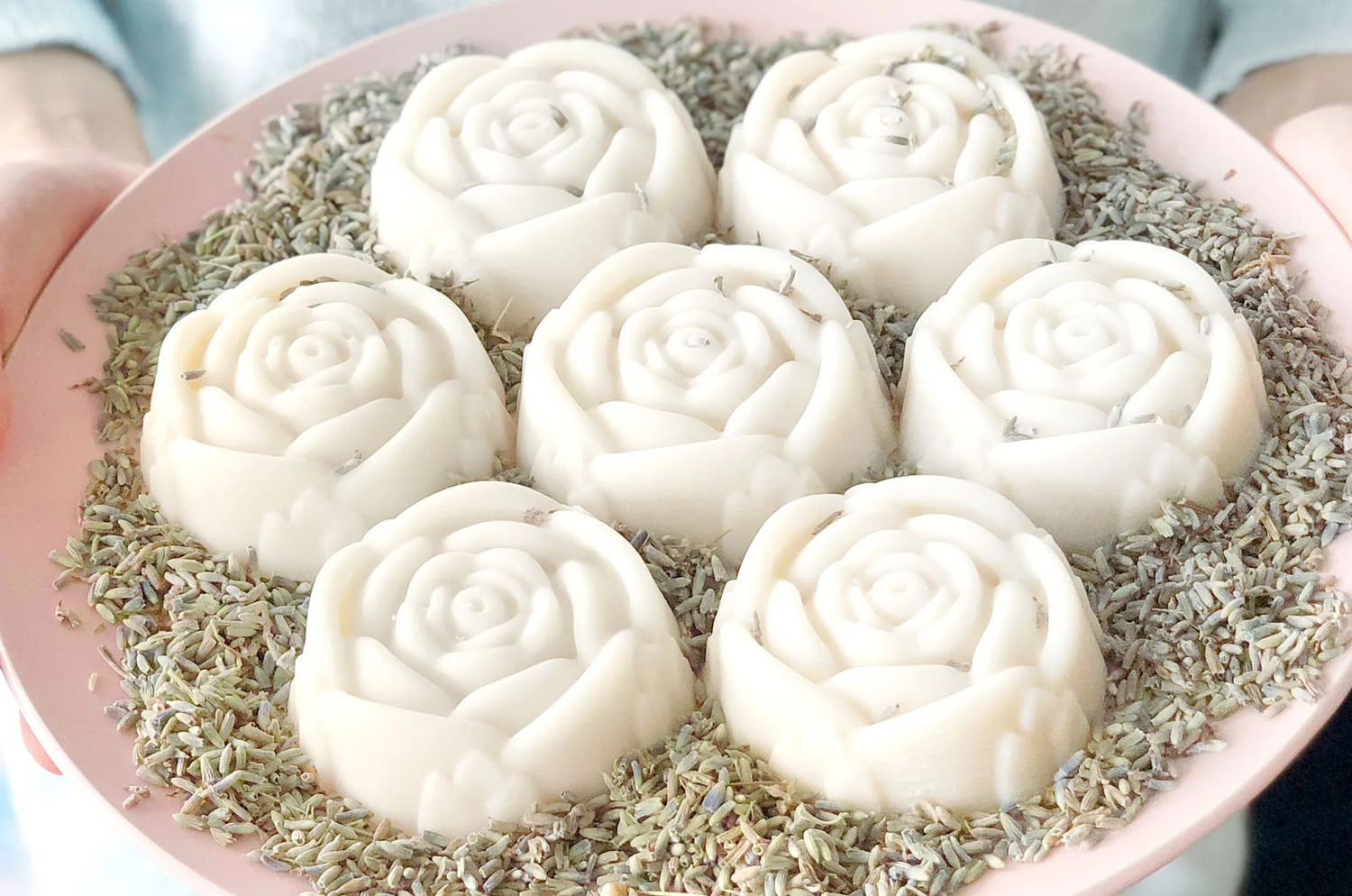
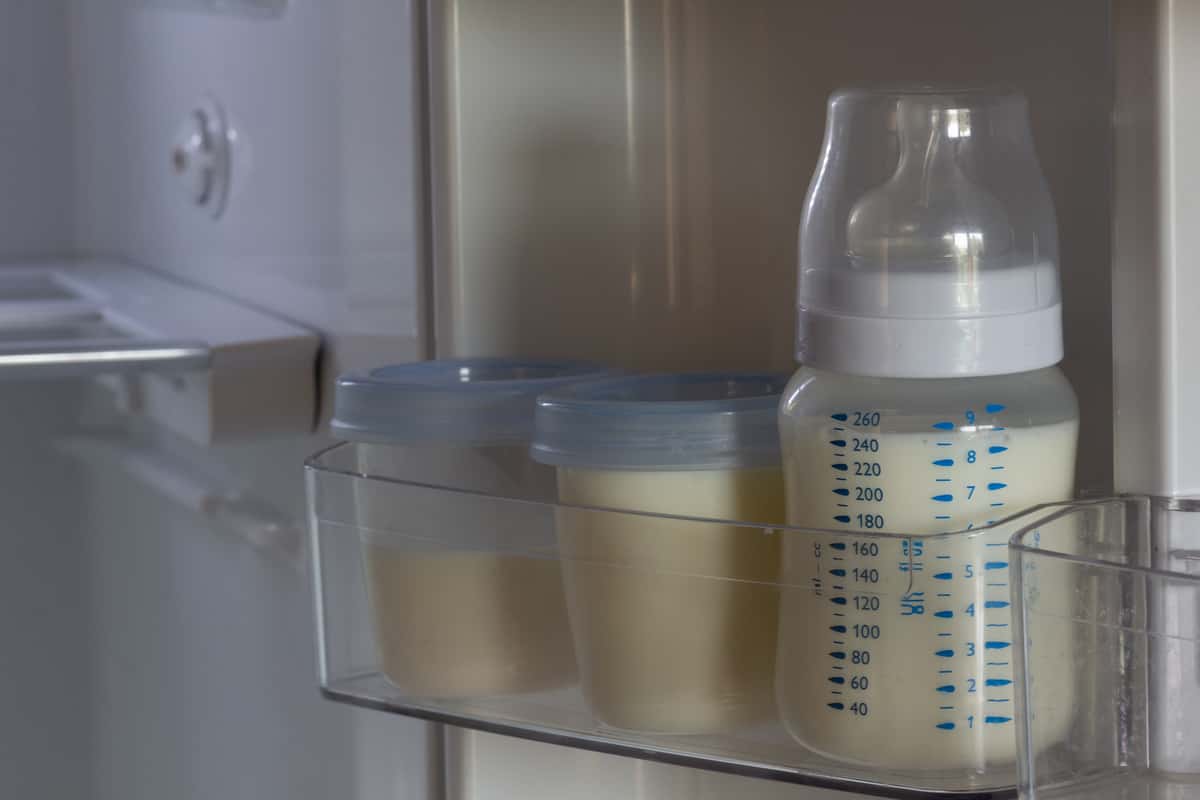
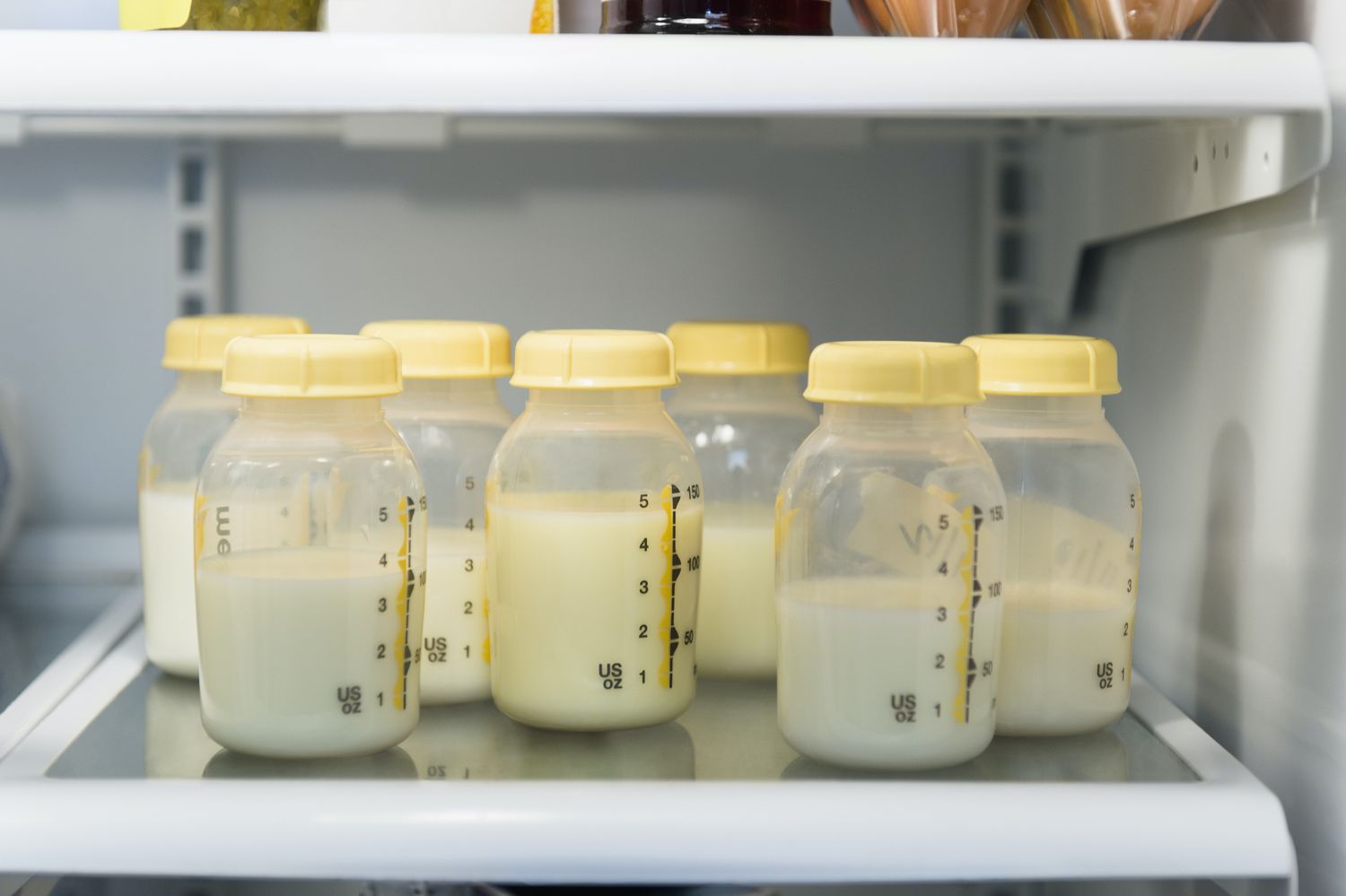
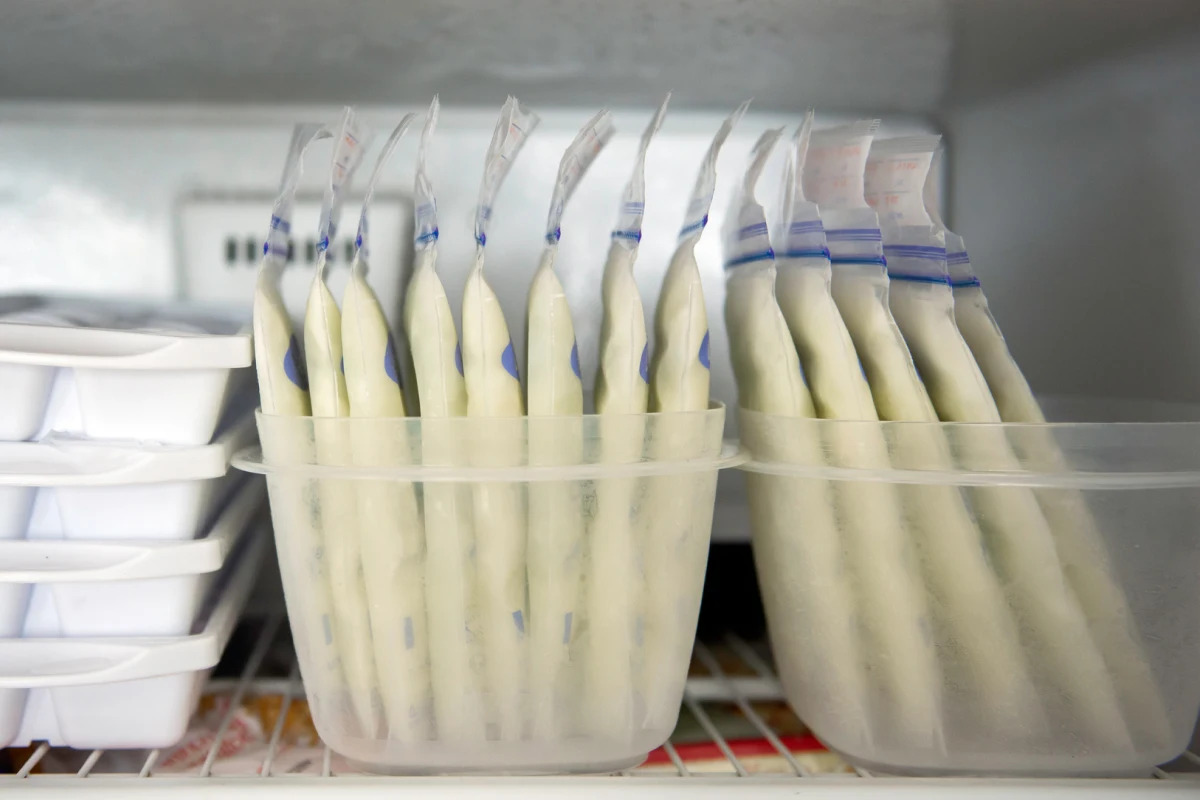
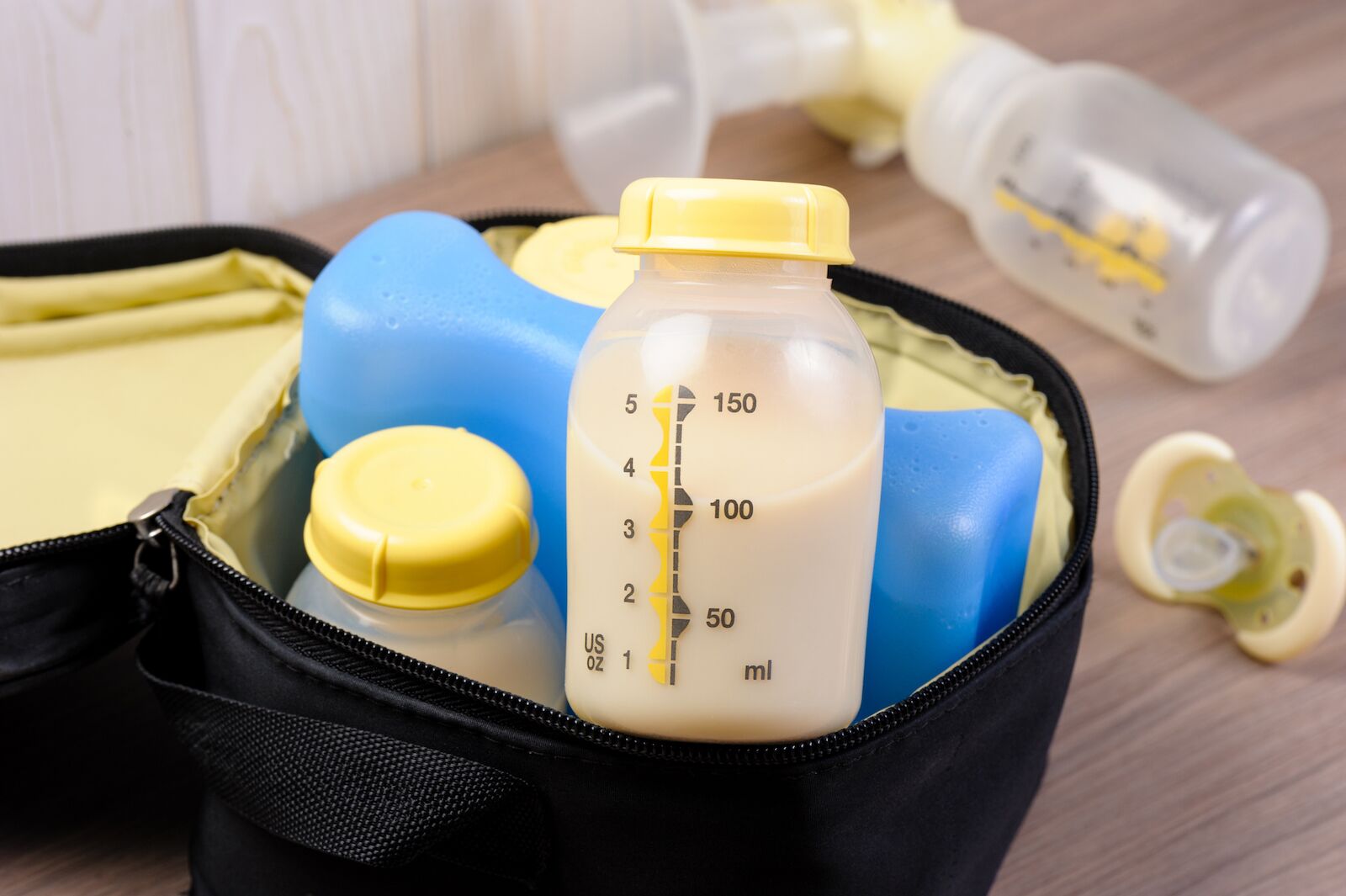
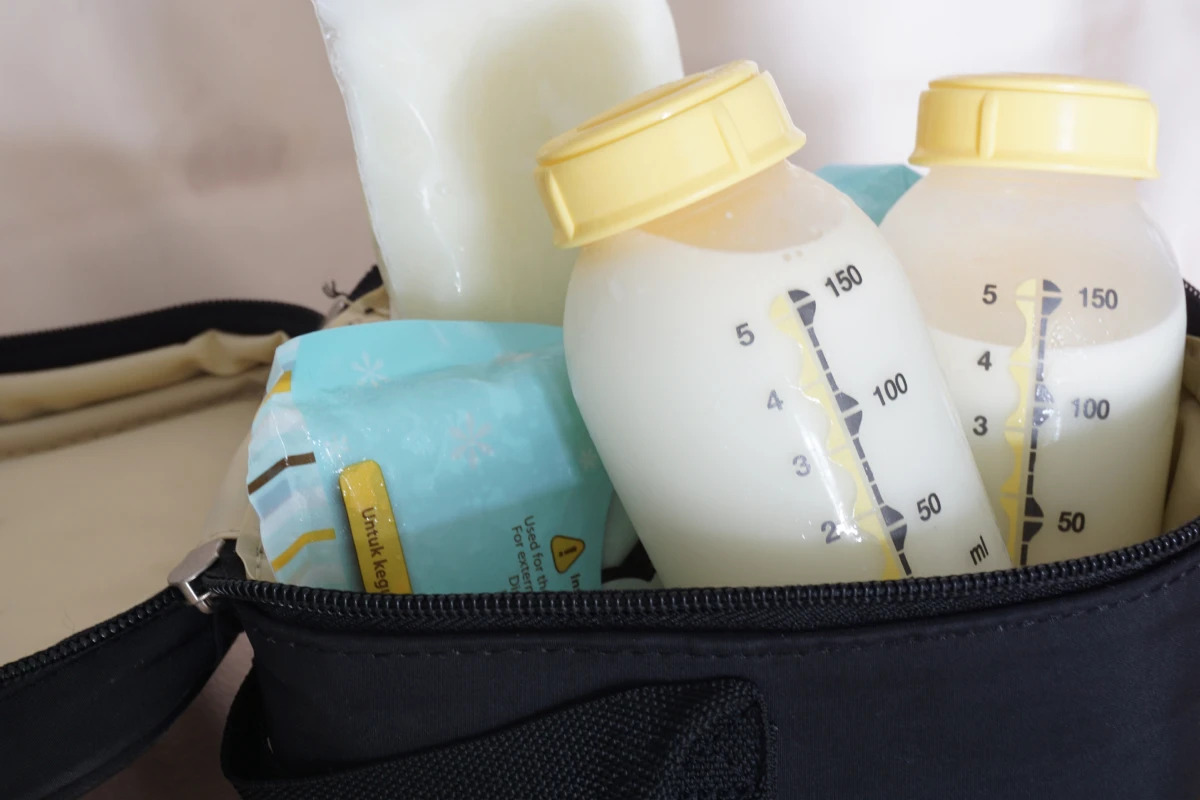
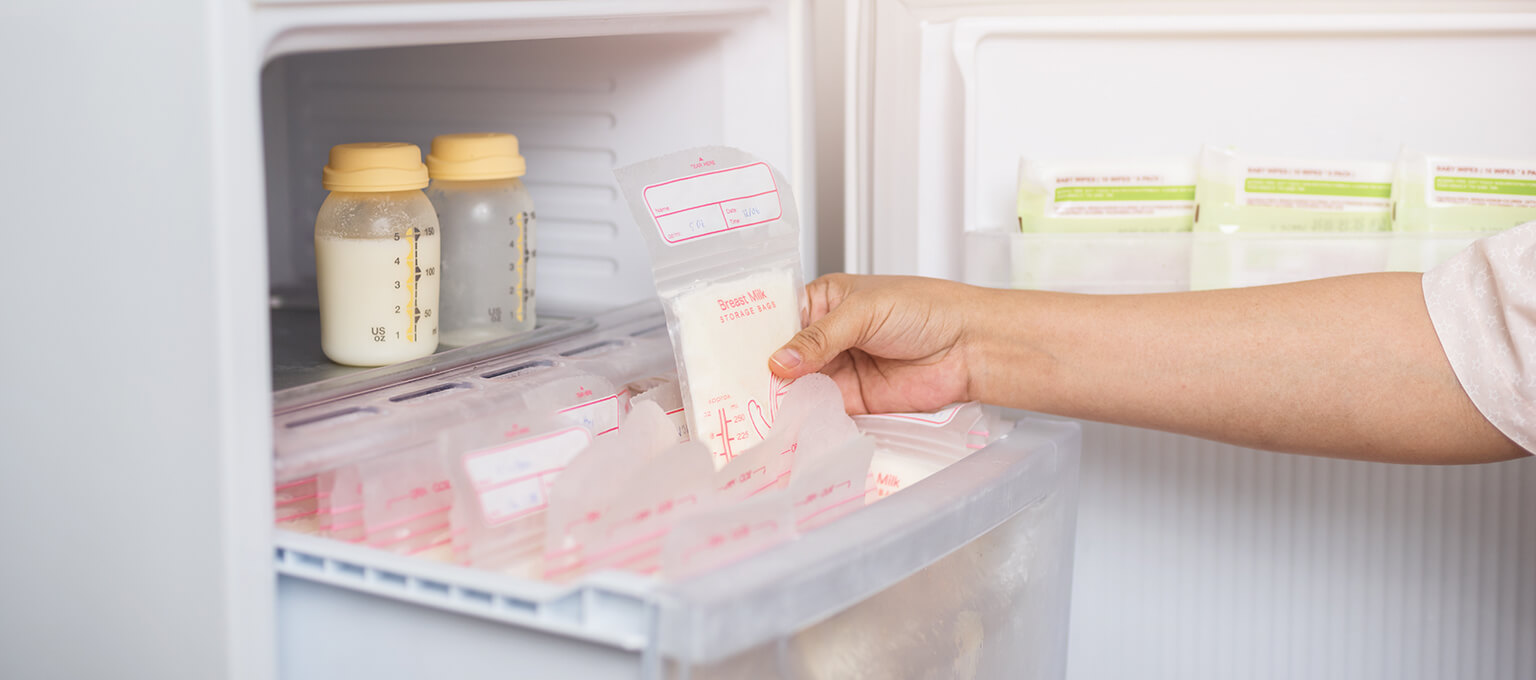

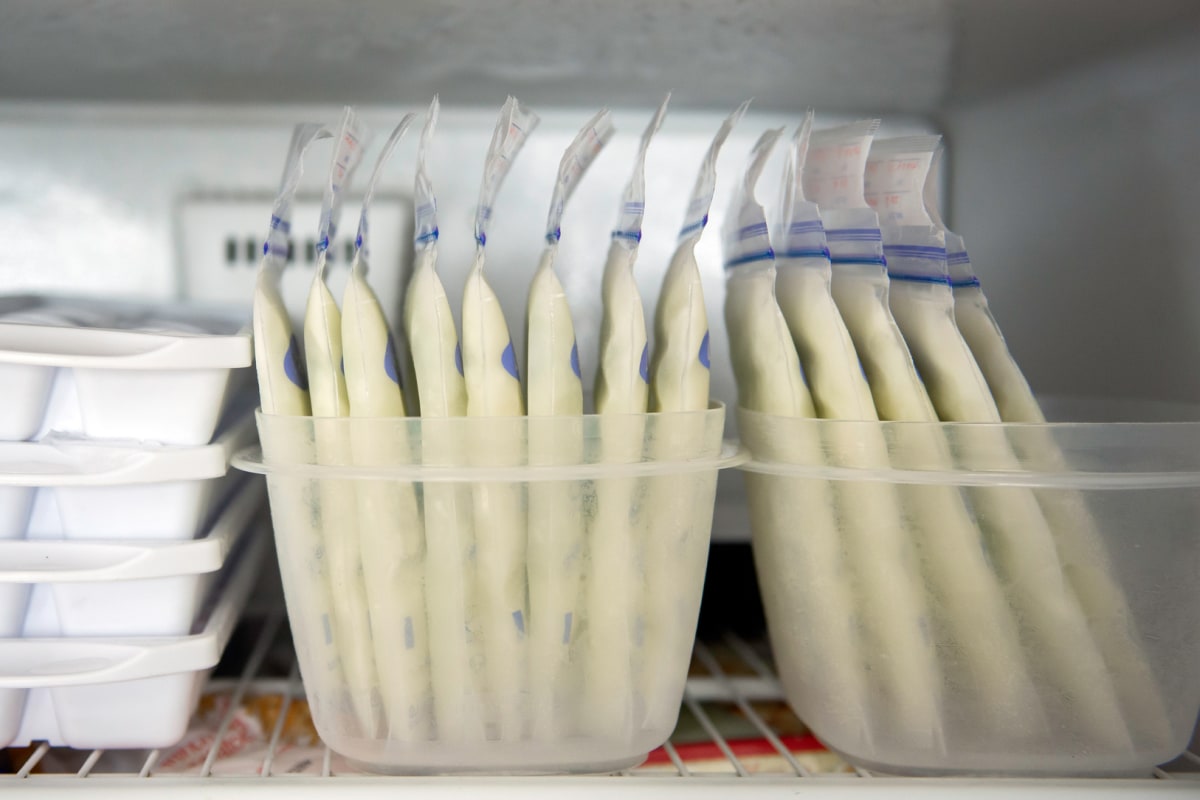
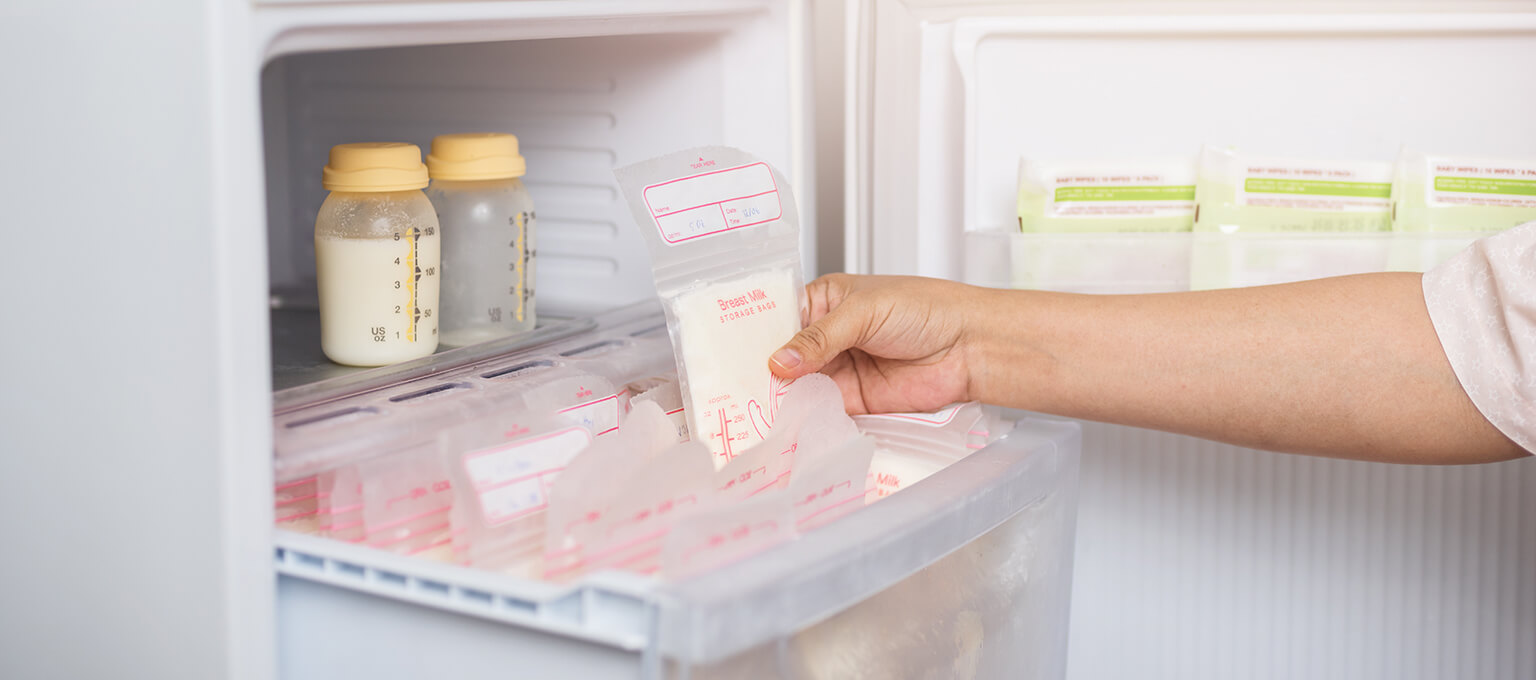

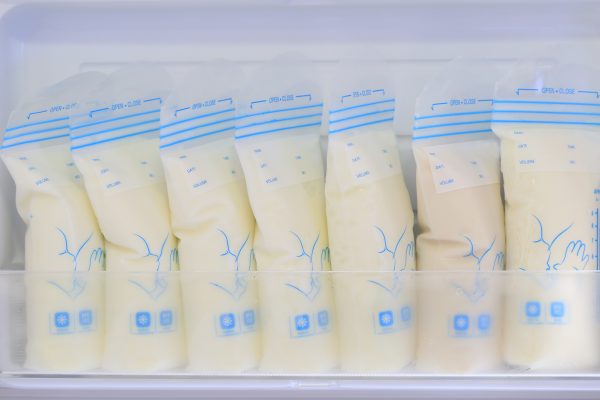
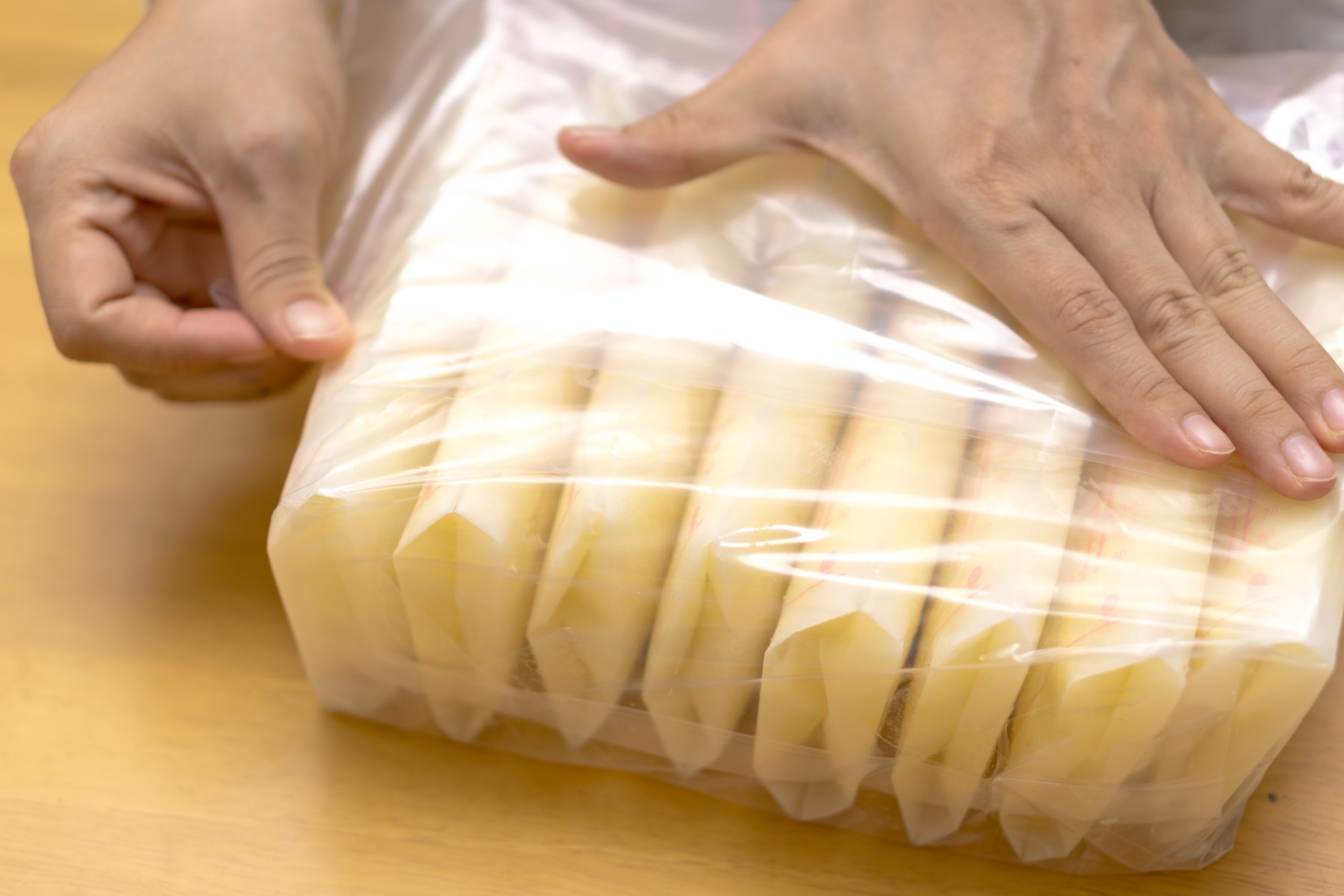
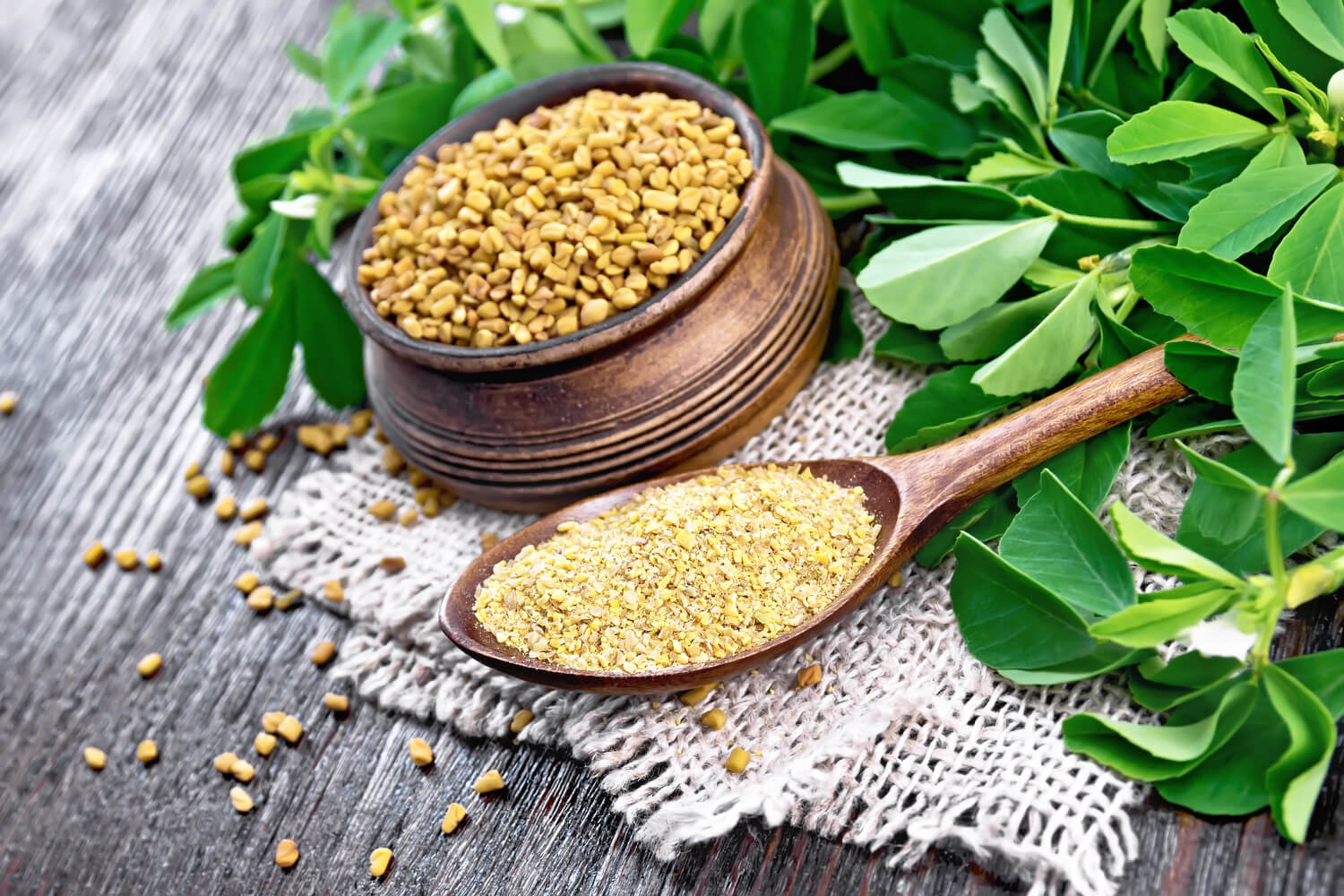

0 thoughts on “How To Store Expired Breast Milk”